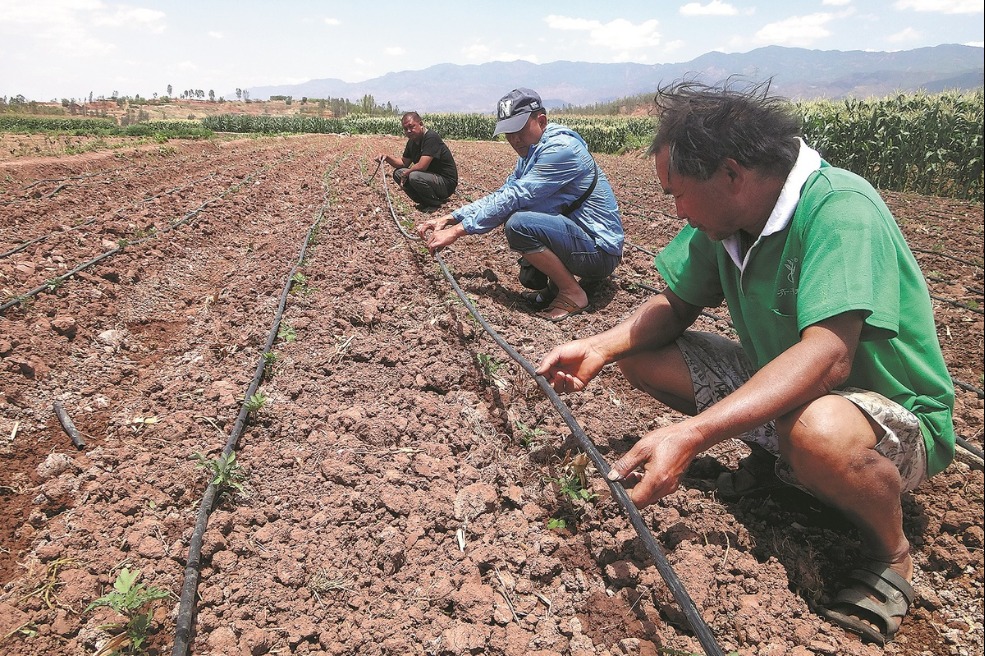Boneless gene-edited carp a world first in Heilongjiang


Researchers from the Chinese Academy of Fishery Sciences' Heilongjiang Fishery Research Institute have cultivated the world's first crucian carp without intermuscular bones, marking a major theoretical and technical breakthrough in aquaculture breeding.
The new variety, which was created using gene editing, ends a global debate for more than 50 years on whether intermuscular bones can be reproduced, according to the institute.
The crucian carp is a tough-skinned, bony freshwater fish that is predominantly eaten in Eastern Europe and Asia. However, its tiny, intermuscular bones make it difficult to eat and process on an industrial scale. Genetically removing the intermuscular bones could open up extensive commercial opportunities.
A research team at the institute started a project to tackle the problem in 2009 and identified the key gene, from 1,600 candidate genes, that controls the growth of the fish's intermuscular spine.
Biologists were able to knock out the gene, named bmp6, without affecting the fish's growth and reproduction.
"In 2020, we successfully cultivated the first generation of crucian carp without intermuscular bones with a success rate of 12.96 percent. The second generation in 2021 had a success rate of 19 percent," said Kuang Youyi, a researcher on the team. "At the beginning of 2022, we released around 20,000 fish of the third generation in our test base in Harbin, capital of Heilongjiang province, and began large-scale breeding.
"The fish grew well and were superficially indistinguishable from normal crucian carp," he said.
"Results of an examination conducted in August showed that the success rate had reached 100 percent."
Though there is still a long way to go in terms of safety regulation and mass production, many on the team remain excited.
"People will no longer have to pick out tiny fish bones," said Li Shaowu, head of the team. "This can greatly change the global fish diet culture and habits, and have a profound impact on boosting consumption of aquatic products in the future.
"The genetic improvement of crucian carp without intermuscular bones is a bold innovation in the breeding industry with Chinese characteristics," said Li. "It is an effective way to solve the problem of having a large quantity but a low efficiency in crucian carp production, which will rapidly improve the core competitiveness of our breeding industry and lead the reform of Chinese aquaculture."
In the process of their research, the team made sure they gave full consideration to the biological safety of the new variety.
"Since the year's beginning, we have been carrying out ecological security assessments, including on their abilities in swimming, frost-resistance and breeding, and the risk of being preyed upon," said Kuang.
"We are conducting the development on a sterile variety, which can help eliminate possible impacts caused by gene-edited fish in the wild."
The team expects to complete its research by 2025, he added.
- Weihai and Shanghai to co-host World Cities Day, promoting global urban sustainability
- Shandong boosts county economy through industry
- Form bank chief imprisoned for bribery
- First zero-carbon certificate issued in China
- Forum highlights green energy partnerships amid climate challenges
- China Golden Eagle festival names top TV winners





































